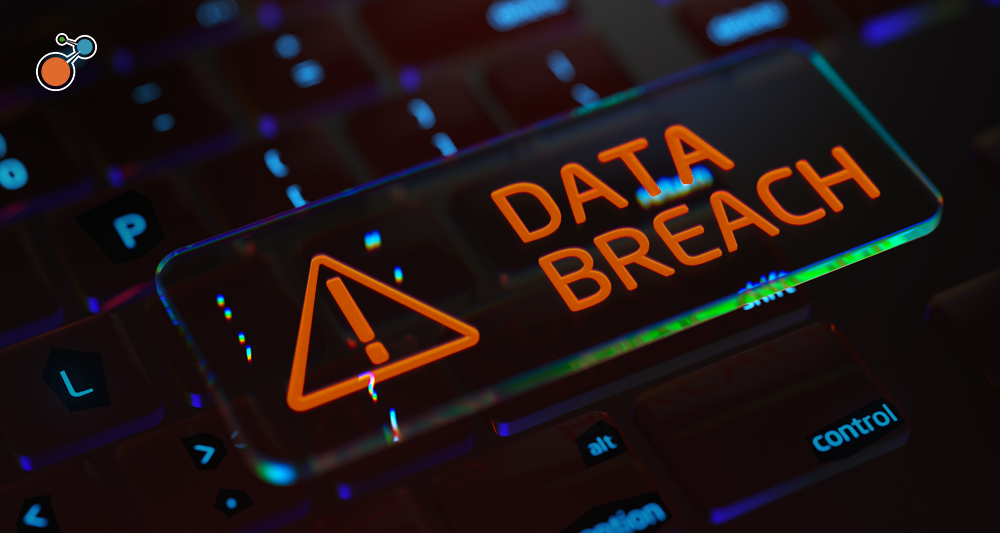Enterprise risk management programs are becoming increasingly critical for financial services firms under pressure from regulators to upgrade the way risk is managed. And technology is key. Today’s ERM software can break down silos and pull all the pieces together for a powerful 360-degree view of all risks within your enterprise. But not all financial services ERM solutions are capable of delivering that true enterprise view of risk.
Here are 10 questions to ask all ERM software vendors in the running to make sure you get what you need.
1. How secure is the system?
Financial information is sensitive. Any lapses in security can cause irreparable damage to your company’s reputation, fines, and more. Make sure the vendor offers end-to-end security in the form of password policies, security roles, encryption, and audit logs. Vendors with a cloud-based platform should be able to explain how the data is secured and guarded. Data centers also should be audited regularly.
2. How fast and reliable is the system?
Look for a system that is fast and reliable. For many financial institutions, the whole point of investing in ERM software is to reduce the administrative burden of using spreadsheets to manage risk. The right ERM technology should provide information on-demand, with virtually no wait times for queries, searches, or analysis. Invest in a system with minimal downtime from a vendor that offers up-to-the-minute details on planned maintenance.
3. Is it scalable?
The world of financial services is constantly changing, and risks are always evolving. Give priority to an ERM solution that can expand and adapt with your needs without costly and time-consuming overhauls.
4. Is it integrated?
Risk management is not an island unto itself. To be effective ERM must be linked to many other disciplines across the organization. Look for a provider that offers a wide suite of integrated products, including heat maps, risk-assessment wizards, risk hierarchies, risk registers, and reporting and analytics tools. Integrating all of these areas will give you more powerful insights for better decision-making.
5. Who should be included in the buying process?
ERM touches many functional areas, and it’s important for all voices to be heard – especially beyond the second-line risk function. If the C-suite holds the purse strings, be sure to present a business case, which clearly details the tangible ways ERM technology will benefit the business.
6. Can we take the software for a test drive?
Take the time to request a demo. How easy and intuitive is the user experience? Are all the features you need accessible from a tablet, phone, and laptop? Are the reports and analytics sophisticated enough for your needs? And are they easy to do?
Invite feedback from frontline users to ensure that the software will alleviate pain points, deliver the value promised – and be easy to use. Getting a taste of the real-life user experience is invaluable in choosing the right ERM software vendor.
7. Whom will we be working with?
Technology is great, but people make the real difference. You want to work with people you like and trust. Will the person answering your call or email know you, your organization, and the financial services industry – and will they be able to resolve issues within a reasonable amount of time?
Those are, after all, the exact qualities financial services firms strive to deliver to their own customers.
8. What about implementation?
Implementation can be a make-or-break moment for any new software. Find out how long implementation typically takes, what the process is, what information is needed from you, and who will be involved.
Be transparent with vendors about your organization’s own timelines, availability, and expectations. Sharing this information upfront can help keep projects on track and on budget. And ask vendors if accelerated implementation is an option. If your requirements are fairly straightforward, some vendors offer an out-of-the-box solution that can significantly shorten the implementation timeline.
9. What’s included?
Have a clear understanding of what features and services are included in the pricing structure, and what it might cost if your needs change. What customer support is included? Does the vendor include a set number of support hours in your contract? What happens if you don’t use your full allocation – or if you need more service hours? Find out now exactly what’s included to avoid costly surprises down the road.
10. Will you have our back?
Always make sure the vendor has demonstrated expertise in the financial services industry, as well as technology and risk – and the longevity and resources to go the distance with you.
For financial services companies, the stakes for ineffective risk management systems and processes are especially high. Citigroup found that out the hard way after being slapped by regulators with a $400 fine for long-standing deficiencies in its risk management systems.
An enterprise risk management program – coupled with next-generation ERM software – can give you the visibility regulators are demanding. ERM software connects the dots between all risks to help you understand the full impact – negative and positive – so you can minimize threats and capitalize on opportunities.
And it all starts by asking the right questions of potential vendors to ensure you get the right ERM software in the first place.
For a complete industry look at ERM, download our e-book, Banking on Balancing Risk and Opportunity: Enterprise Risk Management in the Financial Services Industry or learn more about Riskonnect’s ERM software.




